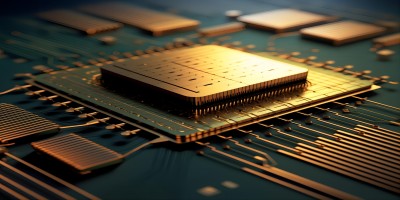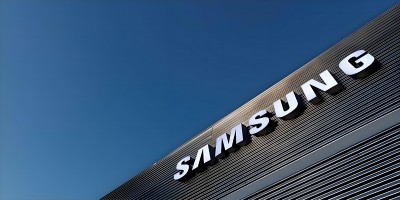Jd.com's foray into the automotive industry is not a sudden whim.
On October 14th, e-commerce platform JD.com announced through its Weibo platform that it will jointly launch a "national Good Car" with GAC Group and Times Electric Service, a subsidiary of CATL. The new car is scheduled to be officially launched during the "Double 11" period on November 9th and will be exclusively sold on the JD.com platform. From now on, users can make an appointment for a test drive through the JD.com App. Subsequently, the central state-owned enterprise Changan Group also issued a statement in response, mentioning "looking forward to the surprising cooperation with JD.com", which further drew market attention. Based on the disclosed positioning and vehicle configuration, the estimated pricing is between 100,000 and 120,000 yuan.
After the news was released, the outside world once interpreted it as JD.com would personally "enter the car manufacturing industry". In response, JD.com clarified that it does not directly participate in vehicle manufacturing but mainly assumes the role of user demand insight and exclusive sales. The entire vehicle manufacturing is handled by GAC, while battery technology and battery swapping ecosystem are supported by CATL. This collaboration is defined by JD.com as "creating a one-stop car consumption model that is fully equipped", aiming to make it "as easy for users to buy a car as buying a mobile phone".
Although the "one-click configuration" mode sounds convenient, as a high-priced and low-frequency consumer good, the purchase decision-making chain for cars is far more complex than that for mobile phones. The success of this model depends on multiple factors:
1. Degree of standardization: Whether GAC's modular architecture can achieve true personalized customization still needs to be verified.
2. Service loop: Whether JD's car maintenance network and CATL's battery swapping facilities can cover the whole country to ensure the consistency of user experience;
3. User perception: It remains to be seen whether consumers are willing to make high-value consumption decisions worth hundreds of thousands of yuan on online platforms.
In fact, JD.com's foray into the automotive industry is not a sudden whim.
Jd.com's exploration in the automotive field can be traced back to 2015, when Liu Qiangdong invested in NIO in his personal capacity. In 2018, JD.com launched a vehicle trading service. The Automotive business Division was established in 2021. In 2022, "Jingchehui" was upgraded to "Jingdong Auto Care" to lay out offline maintenance and repair services. By 2023, JD Auto Business Division will operate independently and gradually build a full life-cycle service ecosystem covering "purchase - configuration - maintenance - use - replacement". This cooperation can be regarded as a further extension of its automotive ecosystem.
Can e-commerce channels disrupt the traditional car selling model? Some analyses point out that JD.com's decision to launch new vehicles during the "Double 11" period is clearly intended - to test the market response by leveraging the traffic of major promotions. If the model works, e-commerce platforms may become a new channel for car sales and even drive the industry to engage in "intra-industry competition" in terms of price and service, providing consumers with more diverse choices. For instance, in the future, it is possible to combine the JD membership system, shopping festival discounts and other Internet marketing methods to create a differentiated car-buying experience.
However, the automotive industry's heavy emphasis on offline services and long decision-making cycles make it difficult for e-commerce platforms to simply replicate the successful paths of fast-moving consumer goods. Whether JD.com can truly break through the closed loop of "online car selection - offline service - full-process guarantee" still needs time and market testing.
Overall, JD.com's "cross-border" move is not about manufacturing cars, but rather integrating resources to restructure the sales and service chains. The "one-click configuration" it proposed represents a model innovation by e-commerce platforms in the traditional automotive industry. However, whether it is a genuine selling point or a marketing gimmick ultimately depends on the joint support of product strength, service capabilities, and user trust.
Disclaimer: The article is sourced from the Internet. In case of any dispute, please contact customer service.



